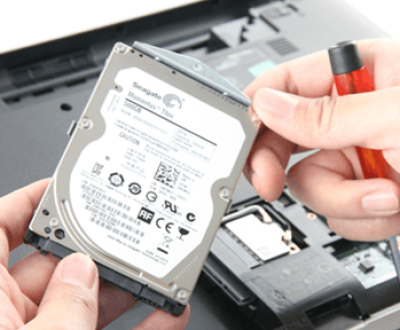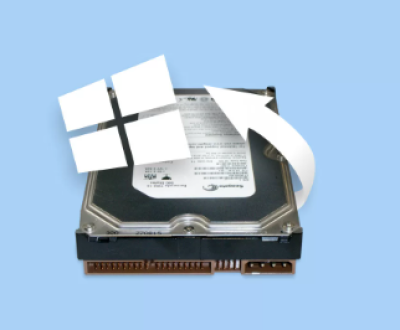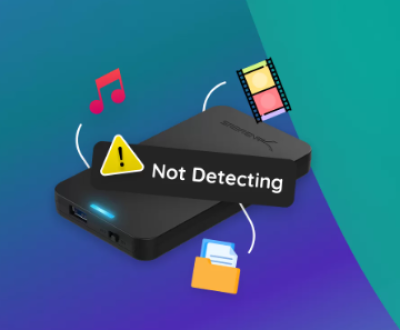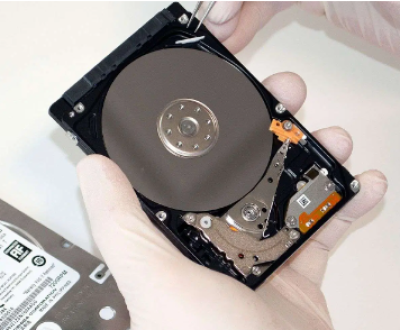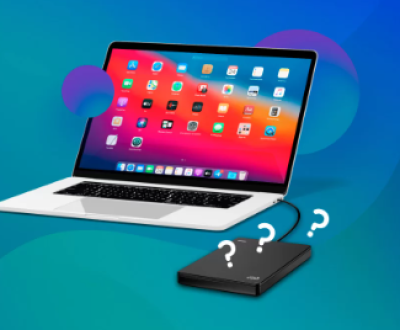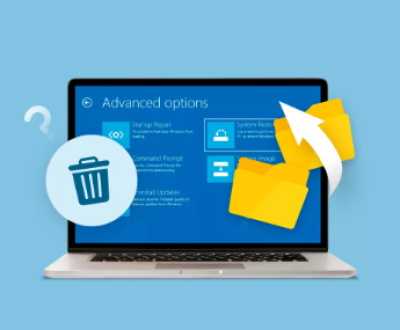Restoring data from an SD card on an Android device can be a challenging task, but it is possible with the right tools and knowledge. Whether you’ve lost important files due to accidental deletion, formatting, or corruption, there are multiple methods to recover your data.
Before diving into the data recovery process, it’s essential to understand how SD cards work and the reasons behind data loss. An SD (Secure Digital) card is a small, portable storage device used to store data, such as photos, videos, documents, and app data on Android devices. There are different types of SD cards, such as microSD, microSDHC, and microSDXC, with varying storage capacities and speeds.
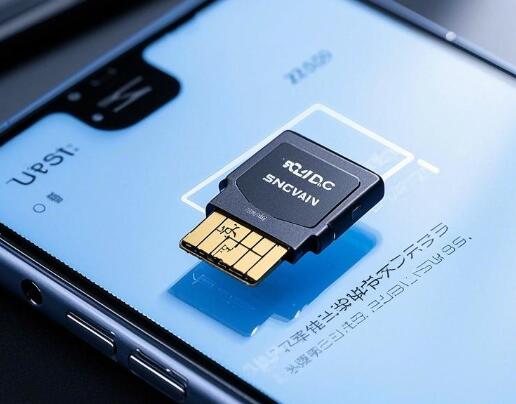
Data loss on SD cards can occur for several reasons:
Accidental Deletion: Deleting files by mistake is one of the most common causes of data loss.
Formatting: Sometimes, formatting an SD card may lead to data loss if done unintentionally or without a backup.
Corruption: File corruption can happen due to power outages, abrupt removal of the SD card, or issues with the file system.
Virus/Malware: Malicious software can corrupt data or make it inaccessible.
Physical Damage: If the SD card is physically damaged, such as being dropped or exposed to water, it may result in data loss.
When an SD card becomes unreadable, it’s crucial to act quickly to maximize the chances of successful data recovery. However, recovery isn’t guaranteed in every situation, especially if the SD card has been physically damaged.
Step-by-Step Guide to Recovering Data from an SD Card on Android
Step 1: Stop Using the SD Card
Once you realize that data is lost or corrupted, stop using the SD card immediately. Avoid writing new data to it, as this can overwrite the files you are trying to recover. The more you use the card, the lower the chances of successful recovery.
Step 2: Check if the SD Card is Readable
Before attempting any recovery, verify whether the SD card is still detectable by your Android device. Insert the SD card into your Android phone and check the following:
Open the File Manager app and see if the SD card shows up.
Try to access the files directly from the device’s settings under Storage.
If the SD card is not showing up, it may be corrupted or physically damaged. In this case, try inserting it into a different device or a card reader on your computer.
Step 3: Use Data Recovery Apps for Android
Panda Assistant supports the recovery of various file types, including documents, photos, videos, emails, and system files. It works seamlessly with a wide range of storage devices, such as internal and external hard drives, USB drives, SD cards, and even RAID arrays. The software can help retrieve files that were deleted accidentally, lost due to formatting, or corrupted by software malfunctions.
User-Friendly Interface
One of the standout features of Panda Assistant is its intuitive, easy-to-navigate interface. Whether you’re a tech-savvy professional or a casual user, the software provides clear instructions and step-by-step guidance throughout the recovery process. You don’t need any technical expertise to use it effectively.
Deep Scan Functionality
Panda Assistant offers two types of scans: Quick Scan and Deep Scan. The Quick Scan option is ideal for recovering recently deleted files, while the Deep Scan is designed for more challenging cases like corrupted or overwritten data. The Deep Scan thoroughly examines your storage devices for hidden or fragmented files, increasing the chances of successful recovery.
Preview Before Recovery
Before recovering files, Panda Assistant allows you to preview the found items, so you can select only the files you need. This feature saves time and ensures that you recover the correct files.
Support for All Windows Versions
Panda Assistant is compatible with a wide variety of Windows operating systems, including Windows 10. 8. 7. and even older versions like Windows XP, making it a versatile solution for users with different system setups.
Step 4: Recover Data Using a Computer (if the SD Card is Not Recognized)
If your Android device cannot read the SD card, you may have better luck using a computer. Here’s how:
Using Windows Computer:
Insert the SD card into your computer using an SD card reader.
Open File Explorer and check if the SD card is visible.
If the SD card shows up, you can use software such as Recuva or EaseUS Data Recovery Wizard to scan and recover lost files.
Download and install Recuva or EaseUS Data Recovery Wizard on your computer.
Select the SD card as the drive to scan for deleted files.
Once the scan is complete, preview the recoverable files and select the ones you want to restore.
Save the recovered files to your computer or back to the SD card.
Using Mac Computer:
Insert the SD card into your Mac using an SD card reader.
If the SD card is not visible in Finder, use Disk Utility to check its health and try to mount it manually.
Use Data Recovery for Mac software (such as Disk Drill) to scan and recover files.
Download and install Disk Drill.
Scan the SD card for recoverable files.
Preview and select files for recovery.
Step 5: Using Rooted Android Devices for Advanced Recovery
If your Android device is rooted, you have more recovery options at your disposal. Rooting grants you access to the system files, allowing you to use advanced data recovery tools. Apps like Undeleter and GT Recovery are designed for rooted Android devices.
Undeleter:
Steps:
Download Undeleter from the Play Store.
Grant root access to the app.
Select the SD card and begin the scanning process.
Preview and recover deleted files.
GT Recovery:
Steps:
Install GT Recovery from the Google Play Store.
Root your Android device if it is not already rooted.
Scan the SD card for deleted files and select the ones to recover.
Step 6: Preventing Future Data Loss
To avoid losing important data in the future, here are some tips to help you safeguard your files:
Back Up Your Data: Regularly back up your SD card to cloud storage or a computer to ensure that your files are safe in case of an emergency.
Use an SD Card with High Durability: Invest in high-quality SD cards that offer better durability and have faster speeds for more reliable data storage.
Avoid Physical Damage: Handle your SD card carefully and avoid exposing it to extreme temperatures, water, or physical stress.
Use Antivirus Software: Install antivirus software to protect your device and SD card from malicious files that could corrupt your data.
Eject the SD Card Properly: Always eject your SD card properly from your device to avoid corruption.
About us and this blog
Panda Assistant is built on the latest data recovery algorithms, ensuring that no file is too damaged, too lost, or too corrupted to be recovered.
Request a free quote
We believe that data recovery shouldn’t be a daunting task. That’s why we’ve designed Panda Assistant to be as easy to use as it is powerful. With a few clicks, you can initiate a scan, preview recoverable files, and restore your data all within a matter of minutes.
Subscribe to our newsletter!
More from our blog
See all postsRecent Posts
- How to recover data from portable hard drive 2025-07-10
- How to recover data from a broken hard drive 2025-07-10
- How do i recover files from a formatted hard drive 2025-07-10

 Try lt Free
Try lt Free Recovery success rate of up to
Recovery success rate of up to

